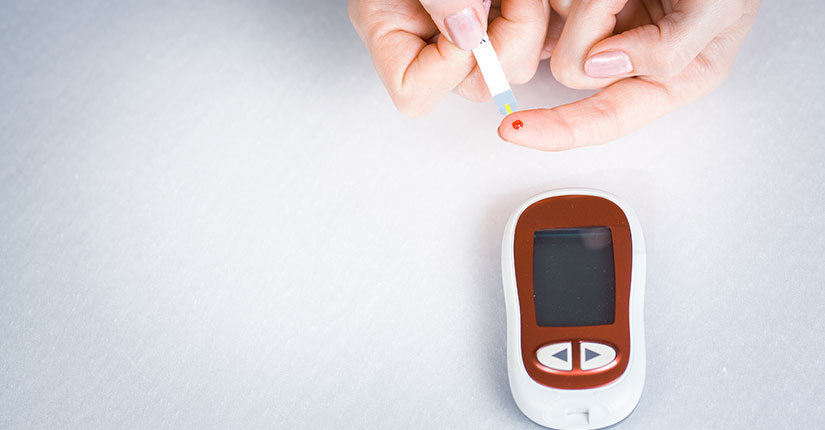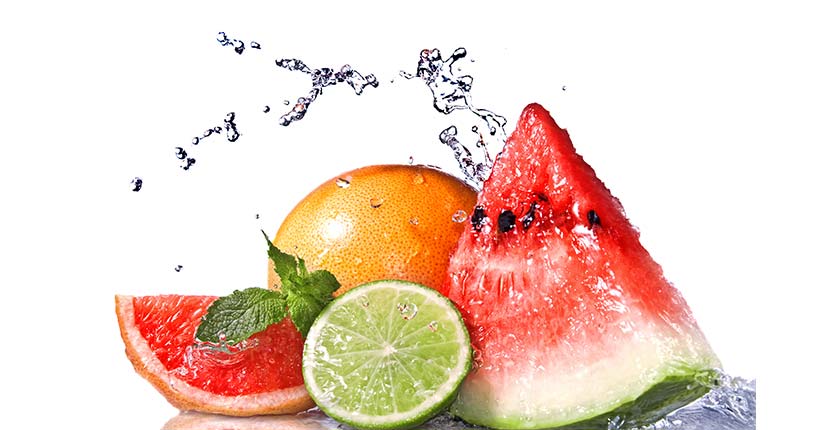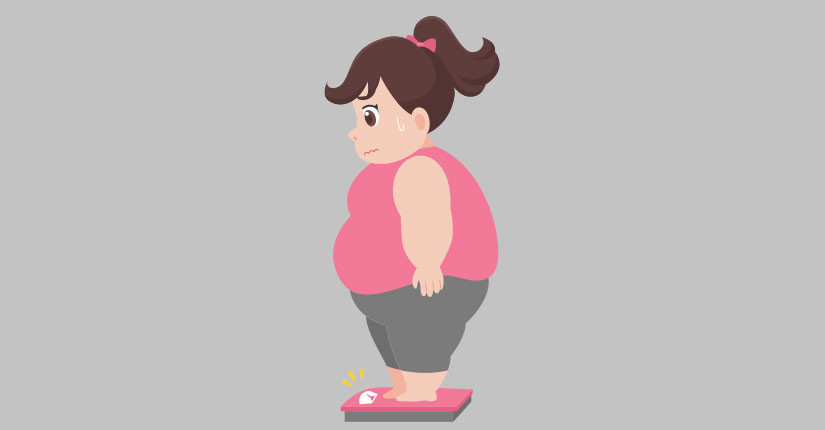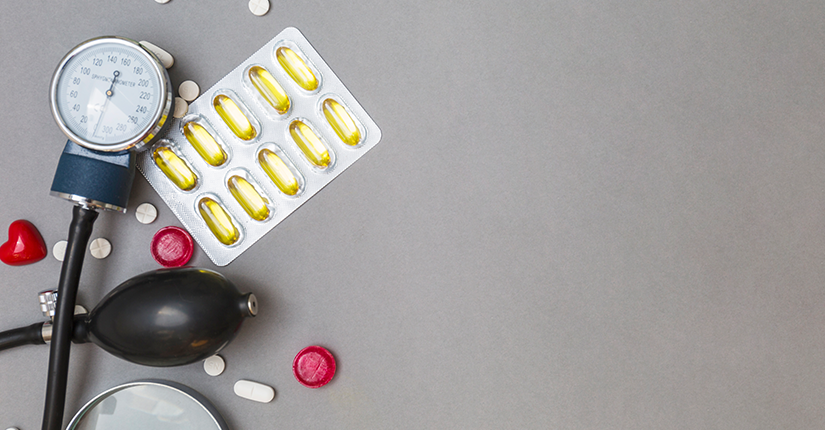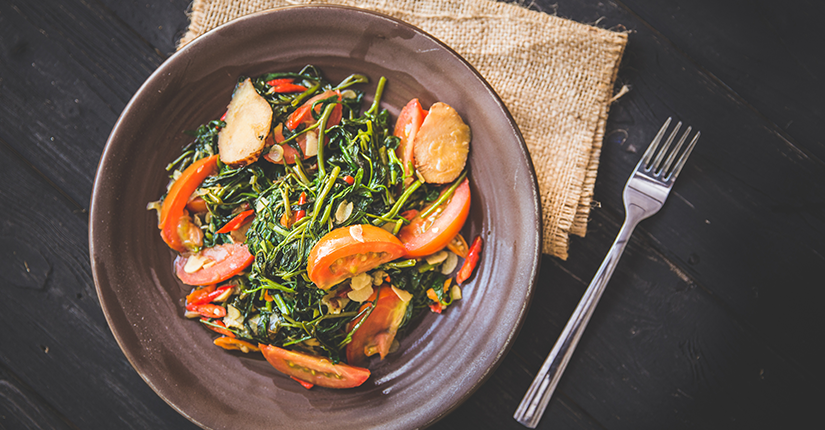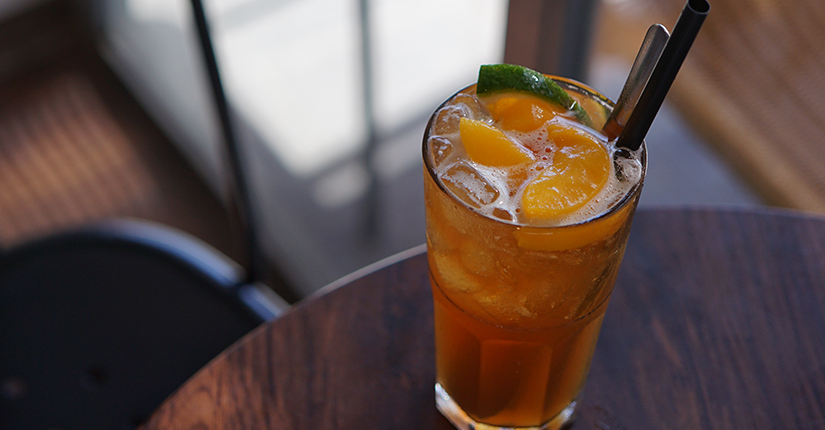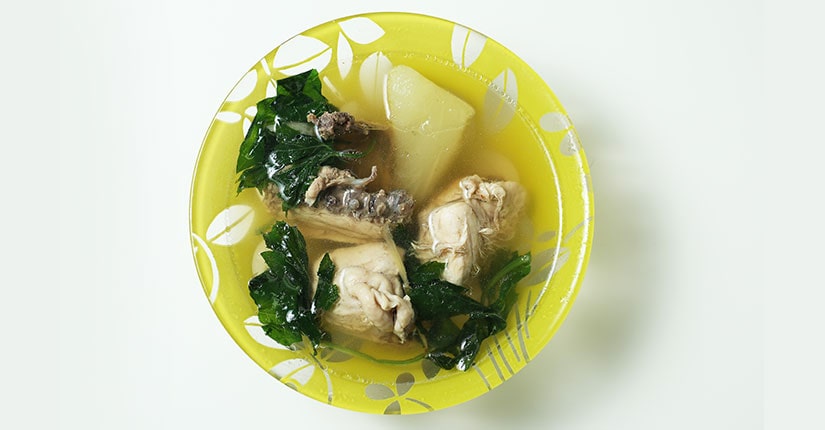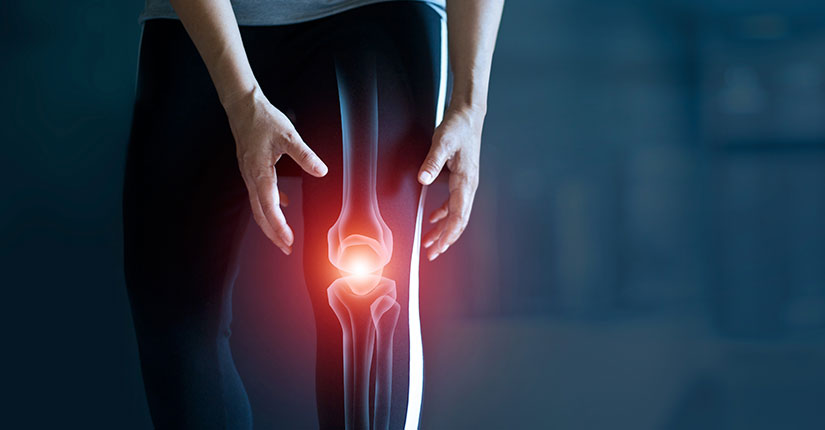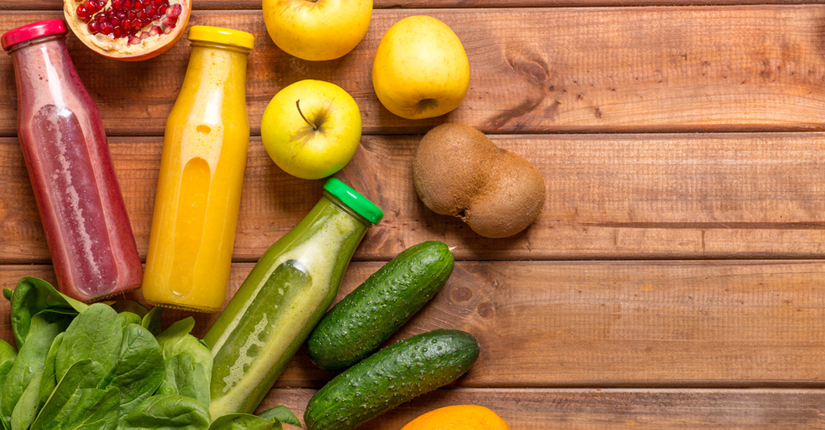Management of Vitiligo with Therapeutic Dietary Recommendations
By Nmami Agarwal 25-Jun 2020 Reading Time: 4 Mins
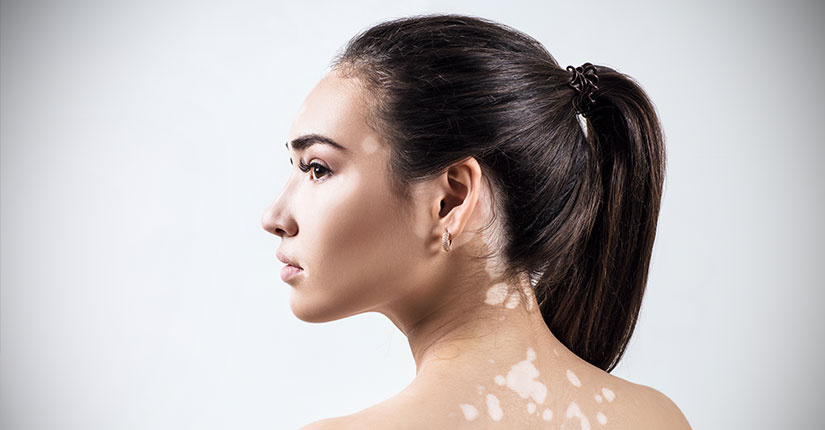
Vitiligo is a disease in which the pigment-producing cells in the body are destroyed or they stop functioning. This results in a loss of skin color in patches. This disease can affect different parts of the body including the hair and even inside the mouth. The discolored patches usually grow larger with time. The pigment present in these cells is known as melanin. If the production of melanin is reduced or stops completely, those areas of your skin will start losing color or turn white. Vitiligo is not contagious and it cannot be transmitted from one person to the other.
Several people across the world suffer from vitiligo. It can affect all kinds of skin types and it is more visible in darker skin tones. This condition is not life-threatening. The main cause of vitiligo is still unknown but some studies have concluded that an autoimmune disorder can trigger the pigment cells to fail which results in vitiligo. Severe sunburn, chemical reaction, and family history can also cause vitiligo.
Some common symptoms of vitiligo are loss of skin color in blotches and premature greying of hair. The disease can progress in unpredictable ways. In some cases, the skin color is restored but other cases might require treatment. Vitiligo can be localized to a particular region and it can even spread all over the body.
Even though there is no specific vitiligo diet but there are some nutritional guidelines that you can follow to possibly prevent and manage vitiligo.
Here are some dietary recommendations for the same:
- Boosting the immune system can prove beneficial. Since vitiligo is an autoimmune disease, boosting your immunity can avoid destruction and damage to the cells and tissues in the body. A diet rich in beta-carotene, phytochemicals, and antioxidants can strengthen the immune system.
- Avoid regular consumption of spicy, fatty and oily foods, caffeine, alcohol, sugary foods, sweetened beverages, carbonated drinks, chocolates, canned foods, and pickles. Avoid eating gooseberry (amla).
- A vitiligo patient has a low level of vitamin B12 in their body. Generally, doctors prescribe vitamin b12 supplements to raise the numbers. Consumption of vitamin B12 supplements and foods can improve the condition.
- Refrain from eating vitamin C rich foods such as oranges, lemons, curd, fish, and red meat. These foods may worsen the condition as they reduce the pigmentation rate of melanin and increase the spread of patches all over the body.
Footnote
There is no real vitiligo diet but a healthy and balanced diet can support the symptoms and the disease. Eat a nourishing diet to improve your immunity and make sure you drink a lot of water every day.

